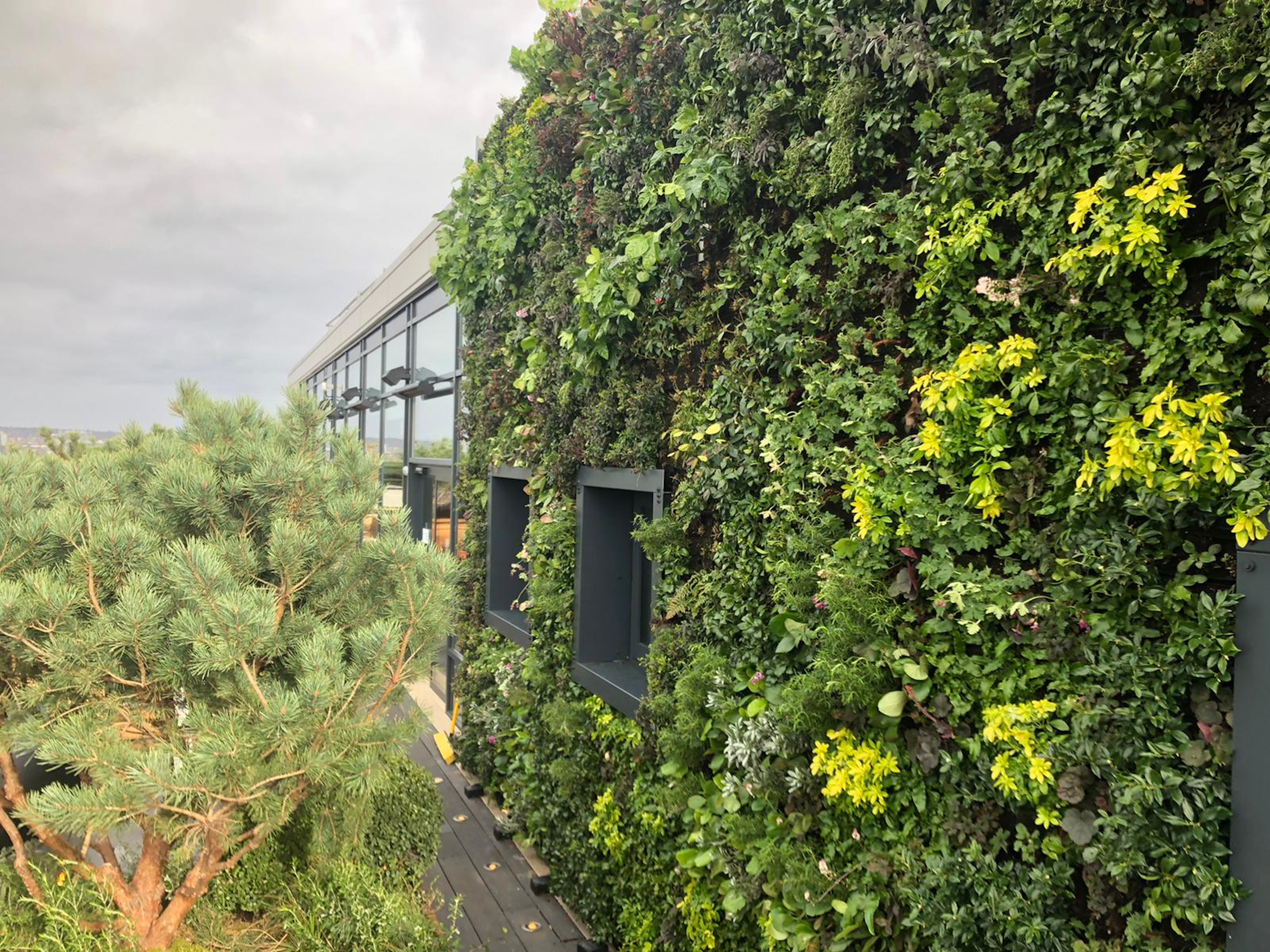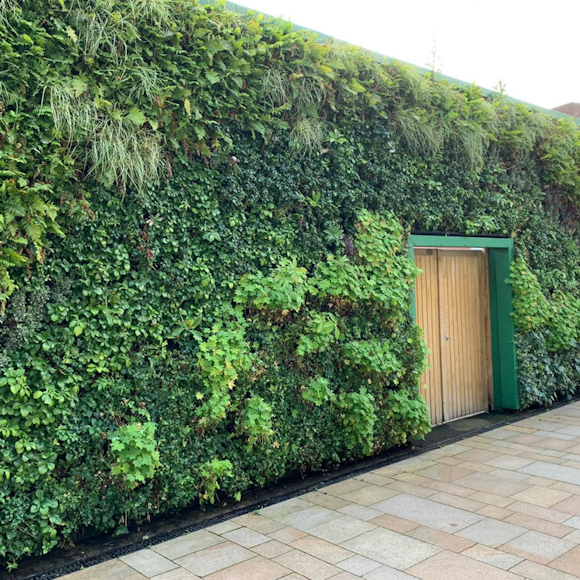In an era characterised by rapid urbanisation and increasing environmental concerns, the concept of sustainability in cities has taken centre stage. As the world's population continues to gravitate toward urban centres, there is an urgent need to rethink urban development and create cities that are not just economically vibrant but also environmentally sustainable.
The Urban Greening Factor (UGF) is outlined in Policy G5 of the New London Plan and provides a straightforward way for Local Planning Authorities to rate green infrastructure initiatives.
What is the Urban Greening Factor?
The Urban Greening Factor (UGF) serves as a planning instrument aimed at enhancing the presence of Green Infrastructure (GI), with a particular focus on urban environments. It is a tool that can be harnessed to boost urban greening efforts and make a positive contribution to achieving Biodiversity Net Gain.
UGF is designed to assess the quantity and quality of green spaces and vegetation in urban areas. It provides a standardised way to measure the green infrastructure of a city, helping urban planners, policymakers, and environmentalists understand the sustainability of a city's environment.
How do you calculate UGF?
The calculation of the Urban Greening Factor (UGF) involves assessing various aspects of green infrastructure and vegetation within an urban area. While specific methodologies and criteria may vary from place to place, a typical approach to calculate UGF involves the following steps:
- Identify all green infrastructure (GI) opportunities within the area.
- Measure the total area of these green spaces.
- Add the area of living walls and green roofs to the total green space area.
- Assess biodiversity by considering native plant species and ecosystem diversity.
- Evaluate how green spaces improve air quality and contribute to air purification.
- Examine the role of green spaces in climate resilience, such as flood mitigation.
- Assign weightage to each component based on their importance.
- Calculate the UGF score by multiplying the area of green spaces by their respective weightage and summing these values.
- Compare the UGF score to a regional benchmark for sustainability.
- Continuously track progress and set goals to improve the UGF score through green infrastructure projects and enhancing biodiversity.
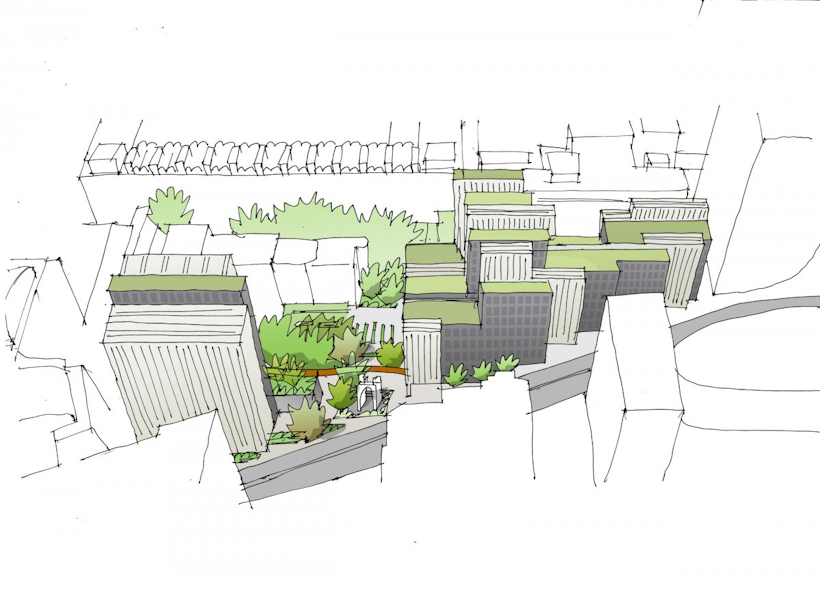
Living Walls: A Vital Component of UGF
Living walls, also known as green walls or vertical gardens, are an integral part of the UGF calculation. These innovative features introduce vertical gardens to urban environments, offering numerous benefits that contribute to sustainability:
Enhanced Aesthetics
Living walls provide a striking and vibrant visual contrast to urban concrete jungles. They add a touch of nature to buildings and public spaces, enhancing the overall aesthetics of a city.
Urban Heat Island Mitigation
One of the significant challenges in urban areas is the heat island effect, where cities become significantly hotter than surrounding rural areas. Living walls help mitigate this effect by providing shade, reducing temperatures, and cooling the immediate environment.
Improved Air Quality
The plants in living walls act as natural air filters, capturing pollutants and releasing oxygen into the atmosphere. This significantly contributes to improving air quality in densely populated urban areas.
Biodiversity Promotion
Living walls can support biodiversity in cities, offering habitat and sustenance for various insects and bird species. This contributes to the overall ecological health of the urban environment.
Space Optimisation
In cities where space is at a premium, living walls make efficient use of vertical surfaces. They enable the incorporation of greenery in areas where traditional gardens might not be feasible.
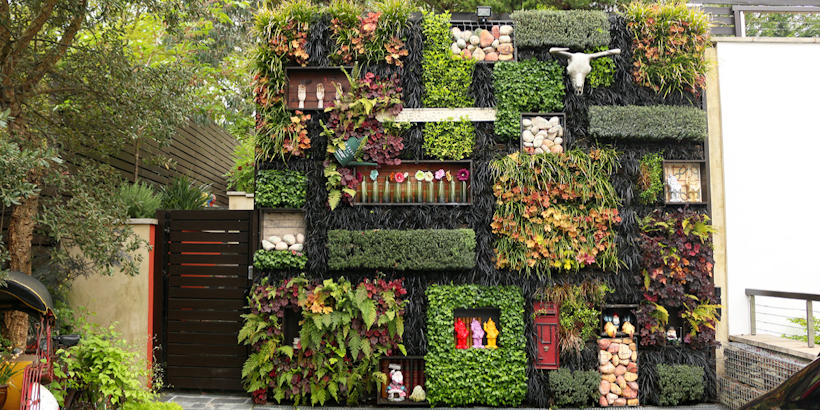
How Living Walls Contribute to UGF and Sustainable Cities
- Increased Green Space: Living walls expand the city's green spaces vertically, effectively increasing the overall greenery within a city. This contributes positively to a city's UGF, making it more sustainable.
- Bolstering Biodiversity: By offering refuge and sustenance to various urban wildlife, living walls play a crucial role in enhancing biodiversity in cities, a vital aspect of UGF.
- Air Quality Enhancement: The air-purifying capabilities of living walls are a significant contributor to improving air quality, which is an essential factor in the sustainability of urban areas.
- Mitigating Urban Heat: As living walls help cool down urban areas, they contribute to mitigating the urban heat island effect, making cities more comfortable and sustainable.
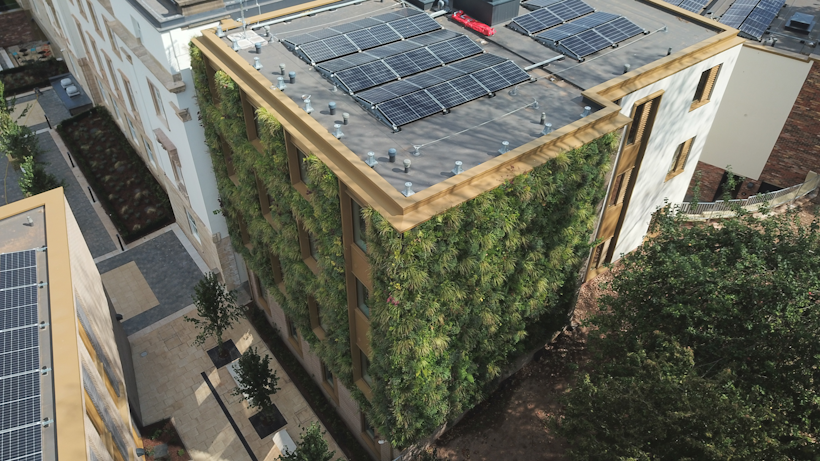
Achieve UGF Requirements with Viritopia Living Walls & Design Consultancy
The Urban Greening Factor and the incorporation of living walls are ushering in a new era of sustainable urban development. By embracing innovative solutions like living walls, urban areas can not only enhance their sustainability but also create more liveable, vibrant, and ecologically responsible environments. Living walls are not just about adding greenery to buildings; they are a fundamental component of the broader movement towards more sustainable and harmonious cities.
With over 20 years of experience of designing and maintaining biophilic infrastructure, Viritopia can create a detailed plan of how a scheme will meet regulatory requirements. We assist with faster planning process and provide you with what’s needed to elevate your project. Book a living wall consultation with our expert team today or find out more about our green walls and their benefits.
